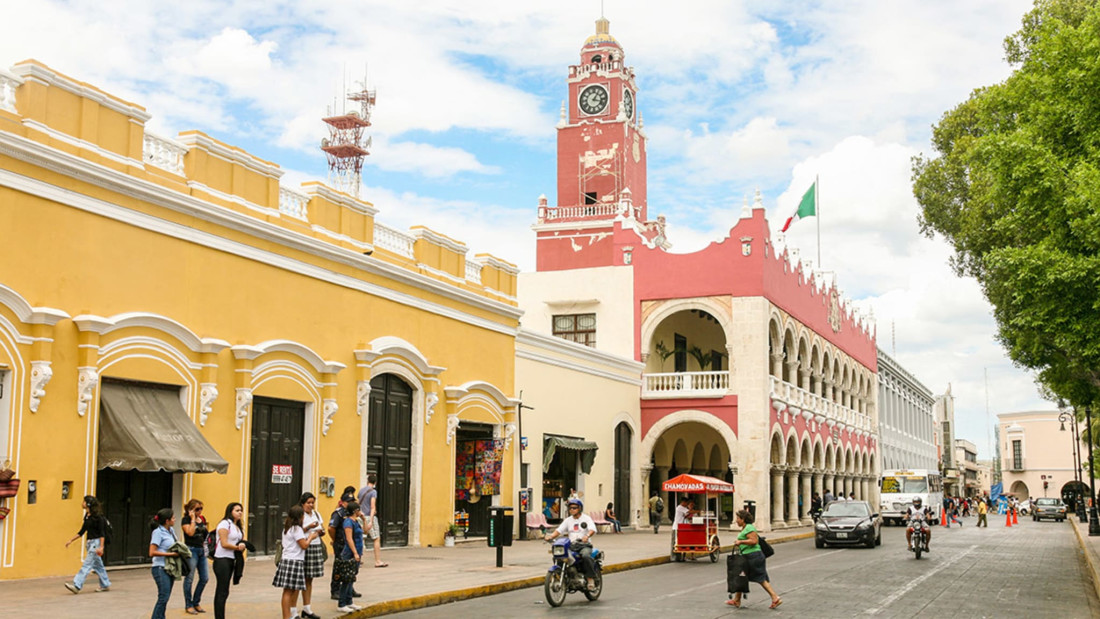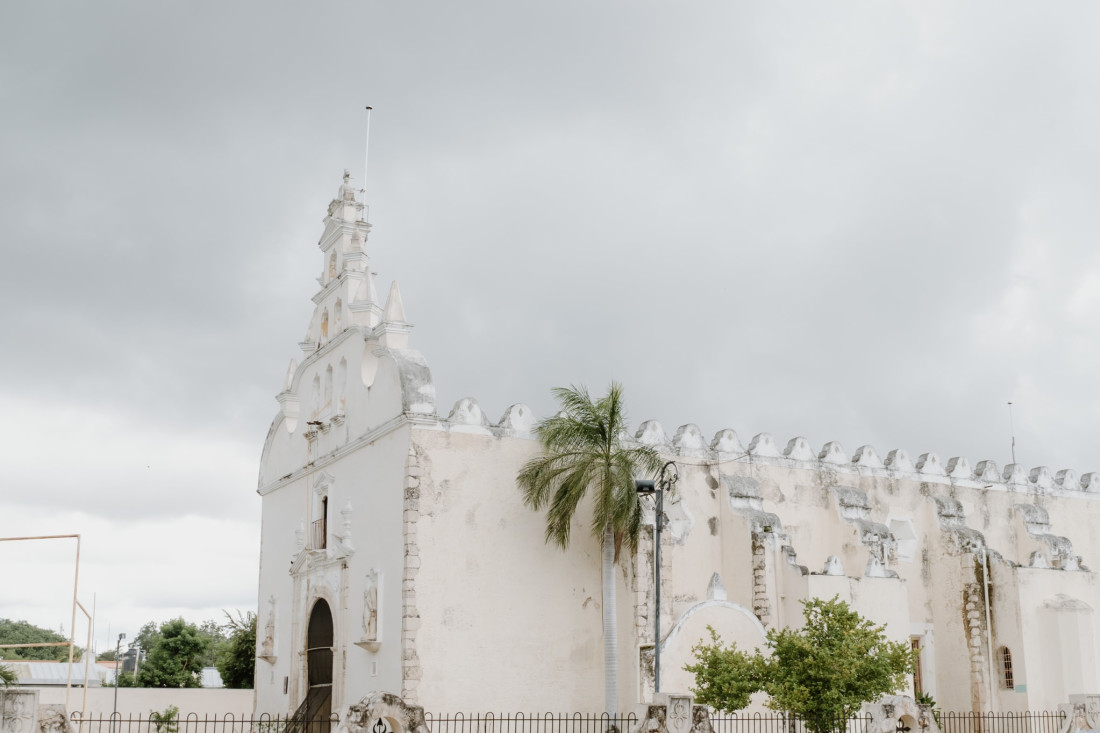
Looking for a lively yet historically rich place to visit on your next trip to Mexico? Let us present to you the beautiful city of Merida. This colonial gem is located in the centre of the Yucatán Peninsula and has a unique combination of Mayan, Spanish, and Caribbean cultures that will enchant anyone visiting it. We’ve gathered 5 mind-boggling facts that we bet you didn’t know about Merida in Mexico.
What Are Some Interesting Facts About Merida in Mexico?
Merida is a treasure trove of intriguing facts that will undoubtedly pique your curiosity. Here goes fact number one. Merida is the largest city in the Yucatan Peninsula and one of the oldest continuously inhabited cities in the Americas. The charming colonial city is known to be one of the safest in Mexico, making it an ideal destination for travellers of all ages and backgrounds seeking peace of mind. Another fact about Merida is its vibrant cultural scene, with numerous festivals, art exhibitions, and live performances taking place throughout the year.

What Is Merida Best Known For?
Merida is renowned for its rich Mayan heritage and serves as a gateway to explore the captivating ancient ruins in the region. For those who are looking for unique things to do in Merida, in just an hour's drive from the city, you can visit world-famous archaeological sites, including the pyramids of Chichen Itza and Uxmal ruins, both UNESCO World Heritage Sites. Let yourself feel the past by visiting these magnificent remnants of the Mayan civilization and take a glimpse into the ancient world and its architectural marvels. Merida is also famous for its vibrant festivals, including the iconic Hanal Pixan, a traditional Mayan celebration of the Day of the Dead.
Why Is Merida in Mexico So Popular?
Merida's popularity has surged for numerous reasons, making it a sought-after destination for travellers worldwide. Firstly, the city boasts an impressive array of colonial architecture, with its historic centre showcasing stunning facades and charming plazas. This unique blend of old-world charm and modern amenities creates an enchanting atmosphere that captivates visitors. Additionally, Merida's proximity to breathtaking natural wonders, such as cenotes (natural sinkholes) and stunning coastal landscapes along the Gulf of Mexico, make it an ideal base for adventure seekers and nature enthusiasts.
Why Is Merida Called the White City?
The nickname "White City" comes from Merida's stunning architectural style. Many buildings in the city feature white limestone facades, which create a visually striking effect, particularly when bathed in the brilliant Yucatan sunshine. This architectural choice not only enhances the city's aesthetic appeal but also helps to reflect heat, keeping the streets cooler during the summer months. The name "White City" pays homage to Merida's colonial past and adds to the overall charm of its historic centre.

How far is Merida from the beach?
Not that far actually! In addition to its rich history and cultural offerings, one intriguing aspect of Merida, Mexico, is its proximity to beautiful beaches. The city is located 30 to 40 kilometres (about 19 to 25 miles) from the beautiful Gulf of Mexico coastline. This means that you can easily access stunning beach destinations within a relatively short drive from the city. Imagine taking a day trip to the picturesque coastal towns of Progreso or Sisal, where you can indulge in the warm, turquoise waters and soak up the sun on the sandy shores. Whether you seek a relaxing beach retreat or a day of exciting water activities, Merida's convenient distance from the beach allows you to experience the best of both worlds – a vibrant city and the refreshing seaside.
And there you have it, the amazing facts that the small city of Merida in Mexico holds. From uncovering the secrets of ancient civilizations to immersing yourself in vibrant festivals, Merida offers a unique and unforgettable travel experience. So, venture off the beaten path, soak in the local culture, and discover the captivating surprises that make Merida a true gem of the Yucatan Peninsula.






